A sustainable city concept incorporates eco-friendly practices, green spaces and supporting technology into the urban environment to reduce air pollution and CO2 emissions, enhance air quality, and protect natural resources. These practices lead to a healthier environment for city residents and a lower carbon footprint for the city. Sustainable cities are becoming essential in the quest to reverse global climate change.
Cities today must retrofit their infrastructure — for example, to ensure that the city can be easily navigated on foot, by bicycle or on eco-friendly public transit systems. And the energy that powers and supports city systems — from the power grid to water management to traffic and transit can be upgraded to support lower emissions and better air quality. In this article, we look at goals for sustainable cities and society, and how urban areas across the globe can adopt green practices today and tomorrow.
What Is a Sustainable City?
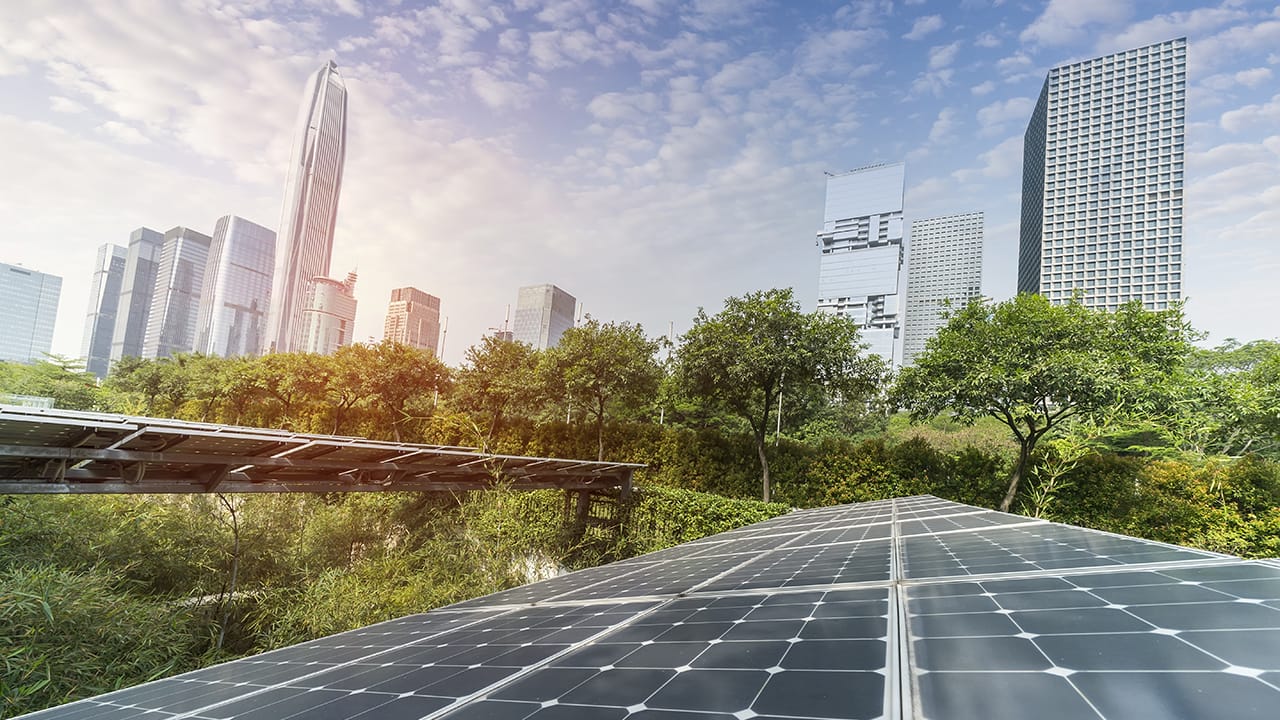
A sustainable city is an urban center engineered to improve its environmental impact through urban planning and management. For an eco city definition, picture cities with parks and green spaces, solar-powered buildings, rooftop gardens and more pedestrians and cyclists than cars. This is not a futuristic dream. Smart cities are actively moving toward greener urban ecosystems and better environmental stewardship.
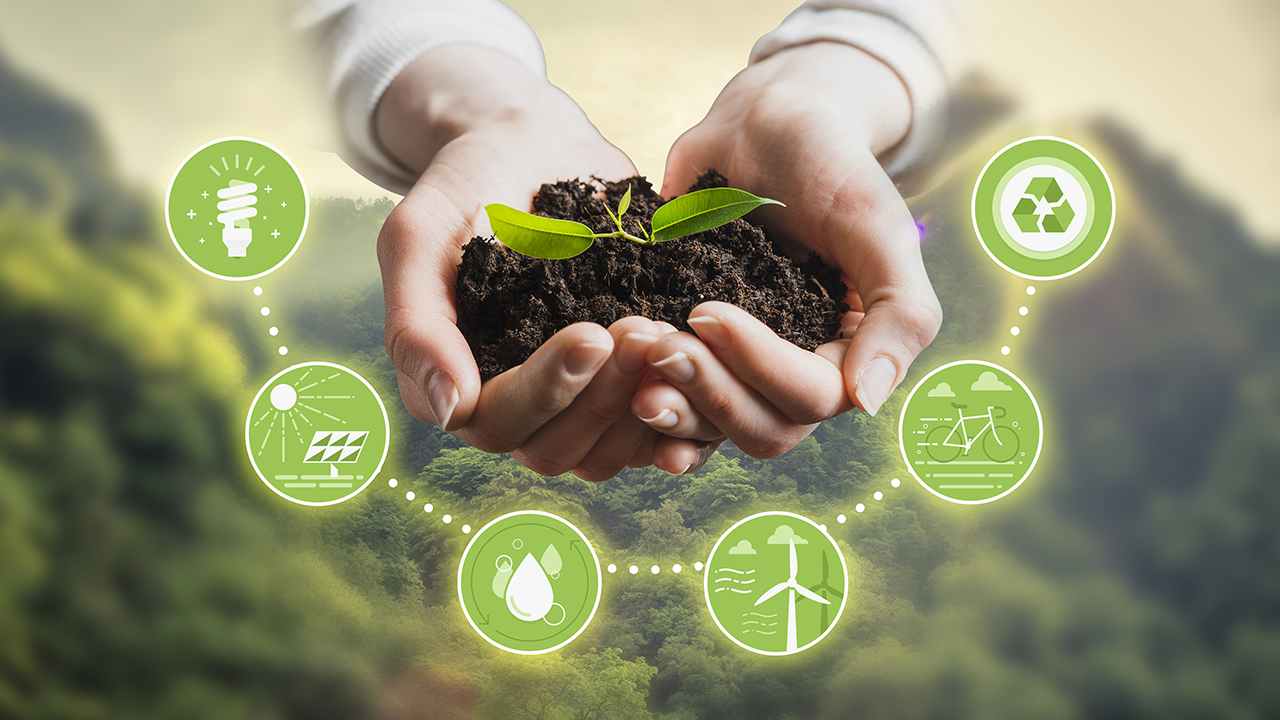 Green technology is a key factor that is helping to foster more sustainable urban development. It comprises all aspects of city planning, including transportation, infrastructure, telecommunications and energy.
Green technology is a key factor that is helping to foster more sustainable urban development. It comprises all aspects of city planning, including transportation, infrastructure, telecommunications and energy.
Green tech also supports green living practices, including recycling and use of energy and renewable resources in homes and offices. Sensors, gateways, embedded radios and cellular routers are at the heart of many sustainable city infrastructure and green building systems. See our video introducing the green tech landscape.
6 Characteristics and Key Features of a Sustainable City
What are cities doing to become more sustainable? Smart cities are creating sustainable places with clean technology, parks and pathways, and urban sustainability principles. See our list of key eco city characteristics to learn how to achieve sustainable cities and communities.
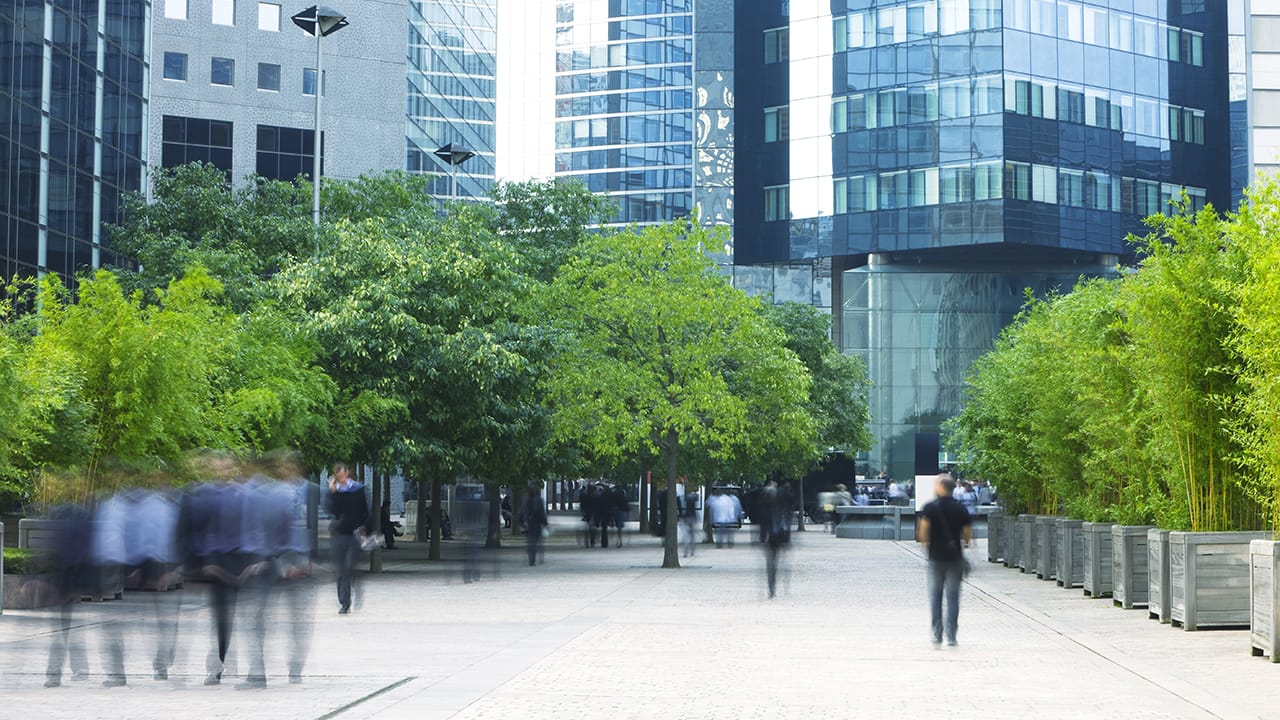
Cities can do a number of things to support sustainable practices:
- Make it easy to get around without a car
- Add EV charging stations
- Provide access to public resources and green spaces
- Improve water conservation and wastewater management
- Support urban farming
- Implement green architecture
1. Make It Easy to Get Around Without a Car

Automobiles account for 75% of CO pollution in the U.S. Cities striving for sustainability can create paths, bike bridges and sidewalks, and encourage citizens to walk, ride, or commute via metro trains or buses. These are some of the critical components of sustainable urban development because of their many benefits:
- Decreased congestion
- Reduction of harmful emissions
- Enhanced air quality
- Improved health and wellness
In Copenhagen, bicycles outnumber cars by over 5:1, and nearly half the population commutes by bike. City management has achieved this bike culture by building cycle superhighways with ample amenities along the way, including traffic lights, air pumps, and safer intersections.
2. Add EV Charging Stations
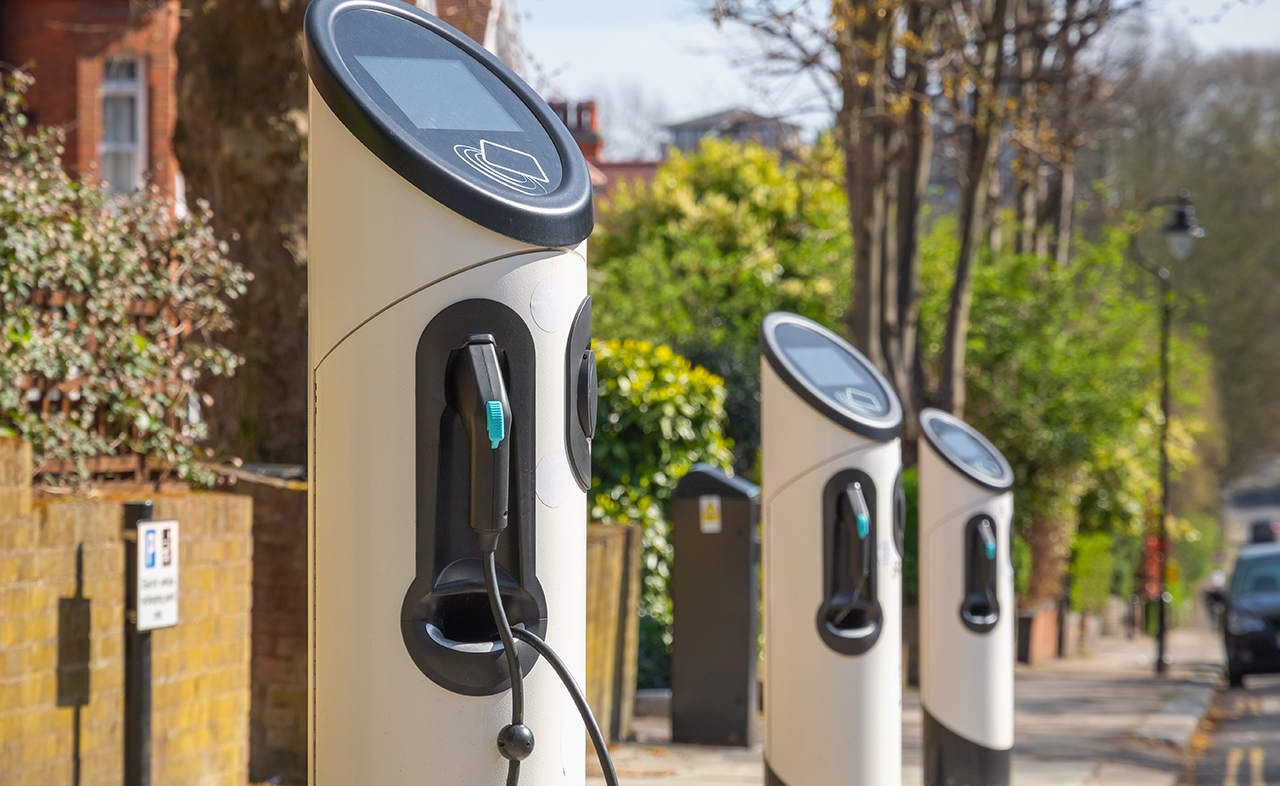
Whereas conventional fuel-driven vehicles generate an average of 4.6 metric tons per year, hybrids can cut that in half, and electric vehicles produce zero. Cities aiming for carbon neutrality must include EV charging stations in their sustainable city planning.
Urban areas can incentivize the construction of these stations, and planners can team up with developers to map out appropriate locations for charging stations. Key benefits include:
- Lower transportation costs
- Reduced strain on traffic management infrastructure
- Massive reduction of carbon emissions
- Cleaner air
San Francisco, the fourth most populous city of California, has mandated that garages and parking lots install EV charging stations for over 10% of their spaces. The city aims to achieve 100% emission-free ground transportation within 20 years.
Get Our Solution Brief
Learn about OEM solutions for EV charging stations
Download PDF
3. Provide Access to Public Resources and Green Spaces

Access to nature and walking/biking paths are key elements of a sustainable city. Resources like parks, nature preserves and recreational areas get people out of cars. And studies have shown that green spaces help improve mental health.
Infrastructure designs and urban landscaping can go a long way toward enhancing public resources and making cities more vibrant. Some of the benefits of this feature include:
- More livable urban centers
- Improved urban mobility
- Support for a diverse ecosystem, including birds, bees and butterflies
- Mental health for residents
New York is one of the most advanced cities for sustainability. The Big Apple is implementing multiple sustainability programs, from a Carbon Challenge which aims for 50% emissions reduction by 2025 to a Zero Waste project, city bike rentals and urban parks built on landfill sites.
4. Improve Water Conservation and Waste Management
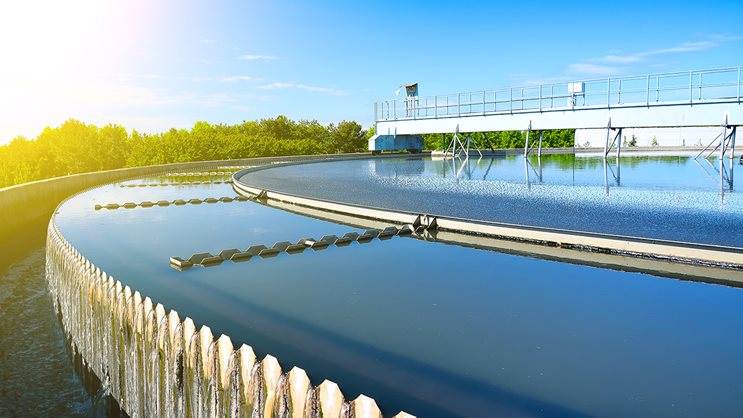 Cities can improve water conservation and waste management through sustainable urban planning. With water shortages increasing across the globe, technology to monitor water systems and provide leak detection is key, along with incentives for citizens and businesses to save water.
Cities can improve water conservation and waste management through sustainable urban planning. With water shortages increasing across the globe, technology to monitor water systems and provide leak detection is key, along with incentives for citizens and businesses to save water.
Likewise, waste disposal processes can shift toward a circular economy model, and sustainable city waste management. Programs to minimize waste by recycling, composting, and repurposing materials are some proven ways cities can be more sustainable with waste management.
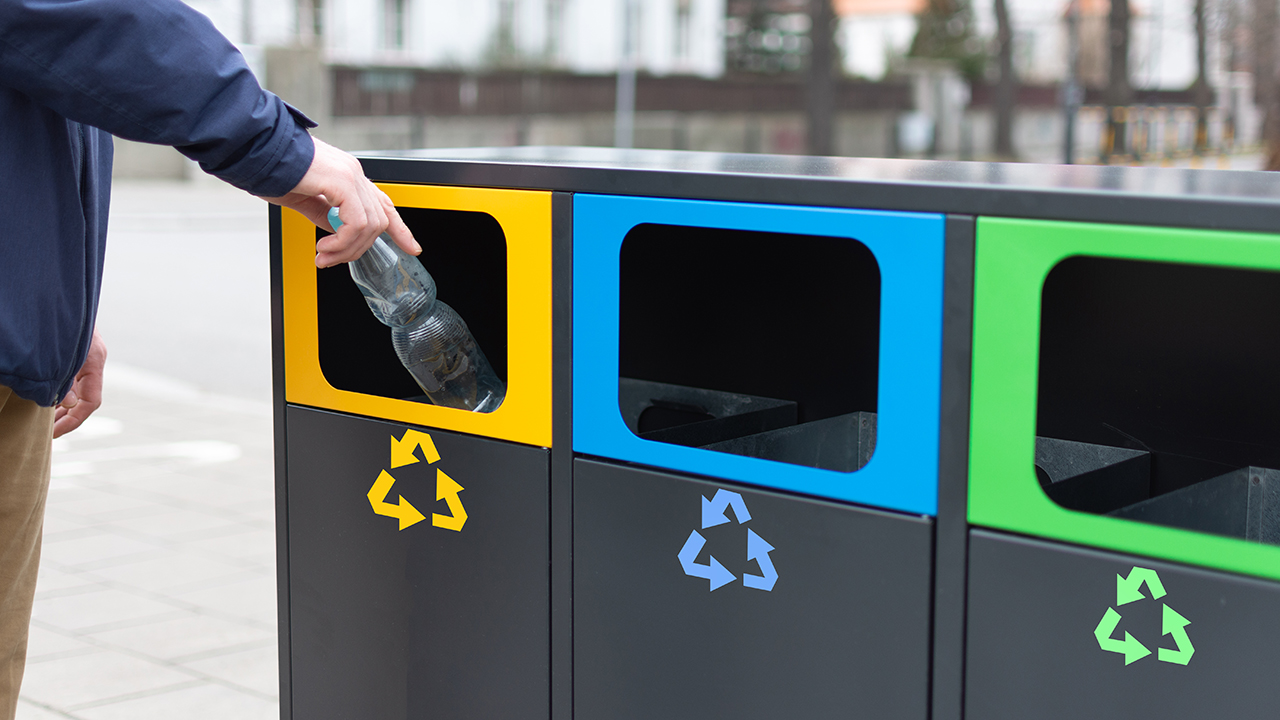 The benefits are many:
The benefits are many:
- Fewer water shortages
- Enhanced availability of water for recreational purposes
- Reduced waste, and the energy used to manage it
- Less environmental pollution
For example, Dubai is an entirely self-sustainable city via renewable energy. The city is powered by clean energy produced by recycling water and waste, has 60% green space irrigated with gray wastewater, and has banned single-use plastic bags.
5. Support Urban Farming
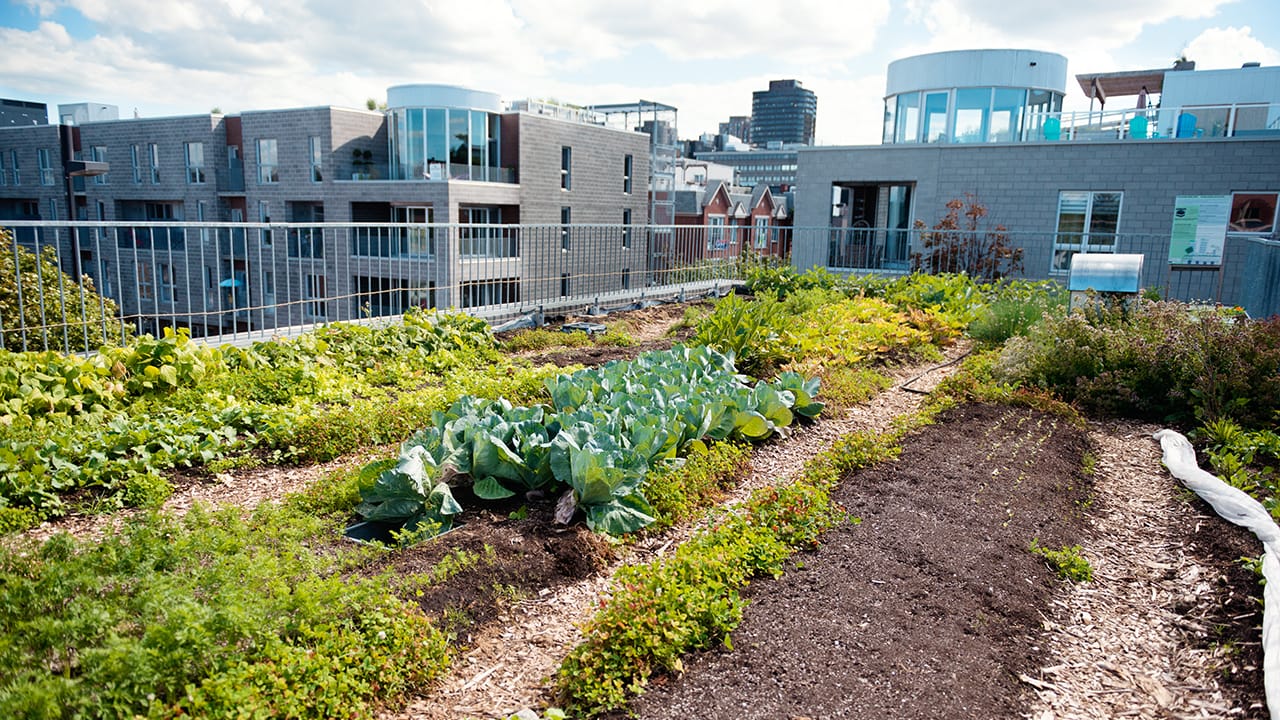
Food is second to energy as the most in-demand city resource. Urban farming enhances food production, reduces food insecurity and mitigates the environmental effects of food transportation. And growing food locally reduces the distance from farm to consumer. Urban farming practices include vertical gardens, rooftop farming, community gardens, and encouraging schools and restaurants to grow food.
There are several great benefits:
- Meeting the growing demand for local food
- Boosting the local economy
- Transforming under-utilized spaces into vibrant and edible landscapes
- Reducing the environmental impact of agriculture supply chain
Several cities have taken leadership roles in developing urban farming programs, according to Agritecture. For example, Victoria B.C. has a program to distribute seedlings to communities. Atlanta, Georgia has a program to educate school children in urban farming. And New York City now has over 550 community gardens.
6. Implement Green Architecture
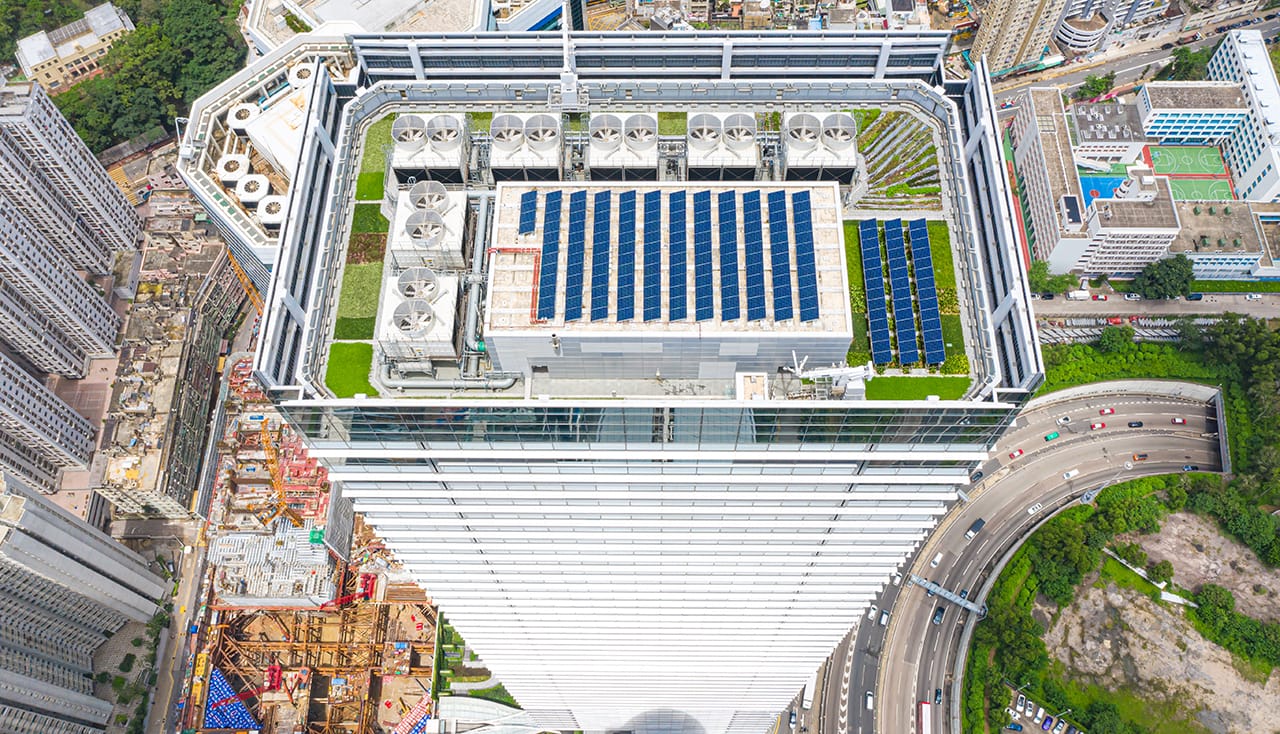
When we talk about sustainable development and cities, green architecture is a key component. Green architects are discovering innovative ways to reduce resource use and lower greenhouse gas emissions — from using natural building materials and solar panels, to improving ventilation and insulation, planting more shade trees and installing smart HVAC systems. Green buildings can meet certain requirements to get LEED-certified, which is increasingly desirable for tenants.
Benefits include:
- Energy savings
- Reduced greenhouse emissions
- Improved air quality
- Better health
Paris, France is a leader in green building tech, implementing practices such as using high-density materials that capture and release solar heat to aid in heating and cooling.
Most Sustainable Cities in the World
Governments and local authorities globally are seeking ways to become more sustainable, and today there is a race to be the most sustainable city in the world. Our list summarizes an article covering the top 10 most eco friendly cities devoted to environmental practices.
 Copenhagen, Denmark: With its continuous investment in green tech and network of bicycle lanes, Copenhagen is one of the most sustainable cities. The city aims to be the first carbon-neutral city by 2025.
Copenhagen, Denmark: With its continuous investment in green tech and network of bicycle lanes, Copenhagen is one of the most sustainable cities. The city aims to be the first carbon-neutral city by 2025.- Amsterdam, Netherlands: Amsterdam — another on the list of most eco-friendly cities — promotes electric vehicles with citywide EV charging stations. Residents are encouraged to install rooftop solar panels and grow their own food or purchase locally, which contributes to the local economy.
- Stockholm, Sweden: Stockholm is a well-planned sustainable city with a goal to eliminate the use of fossil fuels within 20 years.
- Berlin, Germany: Berlin is one of the best urban sustainability examples, with over 400 EV charging stations, and has been investing in green spaces since World War I.
- Portland, Oregon: Portland has adopted a sustainability culture, and today ¼ of its citizens commute by bike or public transport. Rideshare systems and bike paths also support green commute methods.
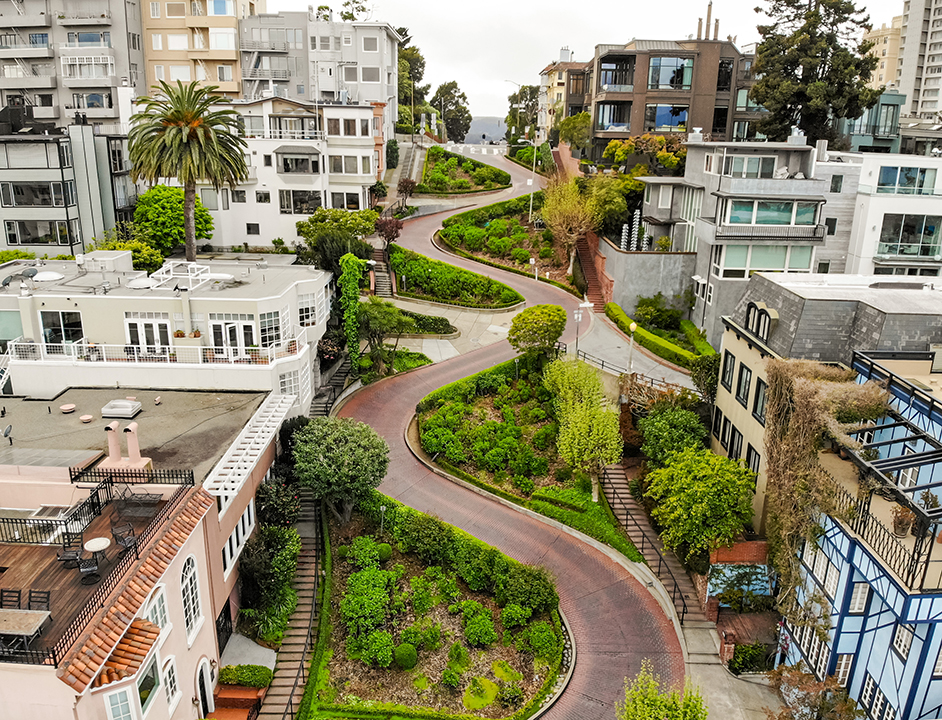 San Francisco, California: San Francisco is one of the most sustainable cities in the US, with a zero waste program designed to divert 100% of waste from landfills by 2020. The city also banned products like plastic bags and water bottles.
San Francisco, California: San Francisco is one of the most sustainable cities in the US, with a zero waste program designed to divert 100% of waste from landfills by 2020. The city also banned products like plastic bags and water bottles.- Cape Town, South Africa: Cape Town began installing wind farms to produce sustainable energy in 2008. The city’s residents also use solar panels and grow urban gardens for food production.
- Helsinki, Finland: If you are an eco-traveler, Helsinki is worth visiting. A large percentage of the city’s hotel rooms have been certified as eco-friendly. The city is also developing sustainable living communities.
- Vancouver, Canada: Vancouver produces the lowest amount of greenhouse gases in North America. The city’s environmental focus has created a local green economy boom for the residents, supporting more green jobs and locally grown food.
- Reykjavik, Iceland: Reykjavik is making great strides towards eradicating generation of greenhouse emissions by inspiring people to walk, cycle, and use public transport. The city also encourages use of electric vehicles and plans to triple the number of hydrogen buses by 2030.
This is an ever-changing story! For example, a new article in Smart Cities World lists Canberra, Australia as the most sustainable city in the world.
Why We Need Green Cities: Considering the Benefits

The importance of sustainable cities and communities is becoming increasingly critical in the quest to reverse environmental damage and improve the livability of cities. Urban green ecosystems can make an enormous difference for the environment. Here are some of the key benefits of a green city:
- Environmental stewardship — each of us doing our part, using sustainable systems
- Mitigating the impact of global warming
- Better air quality, leading to improvements in residents’ health and wellness
- Improved water management and reduction of avoidable water loss
- More efficient use of the electric grid for reduced carbon emissions and lower costs
- Better use of solar energy and shade trees to reduce the use of resources
Build a Sustainable Future with Green Tech from Digi
The development of sustainable cities is a lofty goal for authorities and city planners but paramount for combatting climate change. A sustainable infrastructure supports a reliable water supply, and mitigates the effects of flooding, storms and heat waves.
 Green technology is the key to a sustainable future. To adopt greener practices and build healthier cities, we need smart connectivity, technology-driven efficiency, and data insights to make smarter, greener decisions. That’s where we come in. At Digi, we are proud to offer IoT solutions to support green technology applications today so we can all enjoy a better tomorrow.
Green technology is the key to a sustainable future. To adopt greener practices and build healthier cities, we need smart connectivity, technology-driven efficiency, and data insights to make smarter, greener decisions. That’s where we come in. At Digi, we are proud to offer IoT solutions to support green technology applications today so we can all enjoy a better tomorrow.
Next Steps